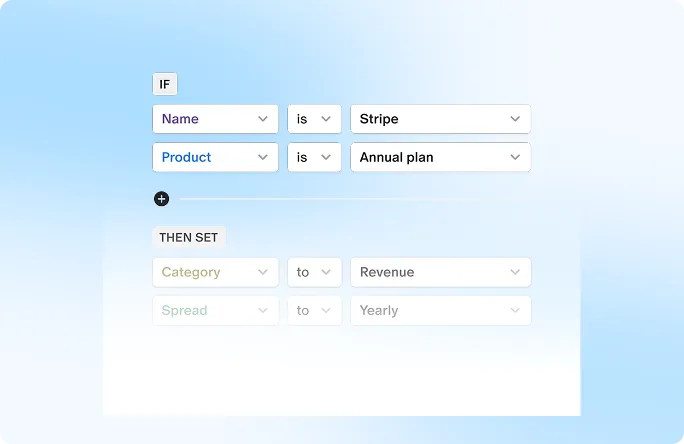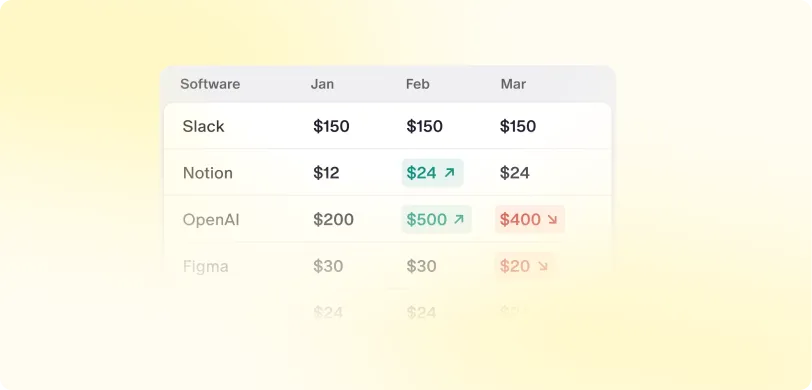1. Indian Context:
In the ever-evolving landscape of employee compensation, 2024-25 has revealed a striking paradox, while base salaries have remained relatively flat, employee wealth creation has surged to unprecedented levels. This shift reflects not just an increased risk appetite but a deeper understanding of wealth creation in high growth companies. The surge in ESOP liquidity events totaling ₹2,091.6 crore in 2024 coincides with a broader transformation in India's startup ecosystem. The financial year 2025–26 has reignited market enthusiasm, with over 30 companies filing for IPOs in the first half alone. While valuation benchmarks and investor sentiment continue to dominate headlines, a more compelling narrative has emerged “Employee Stock Option Plans” (ESOPs) have become a cornerstone in shaping the success and ethos of these public listings.
In recent years, ESOPs have not only generated substantial wealth for employees but have also served as a strategic tool for companies to showcase their culture of inclusive ownership and long-term value creation. For instance: Zomato’s IPO led to the creation of over ₹330 crore in employee wealth through ESOPs, turning several early employees into millionaires. , rewarding those who backed the company’s vision from its early days. Tata Technologies’ IPO in 2023 saw over ₹ 101 crore worth of employee-held shares sold during the Offer for Sale (OFS), marking one of the most significant ESOP liquidity events in India’s capital markets.
The top companies including Swiggy, Zomato, Ather Energy, SBI Cards, Delhivery, India has seen a surge of ESOP activity-from high-value buybacks and fresh share allotments to regulatory discussions and IPO-linked moves. Startups and listed companies alike doubled down on equity-based rewards as a core lever for retention and alignment.
These examples highlight how ESOPs have evolved from mere retention tools to powerful instruments of wealth creation and investor storytelling reinforcing the role of employees as key stakeholders in a company’s growth journey. These examples, along with success stories from Info Edge and Nazara Technologies, , underline a common truth when employees are treated as partners in growth, an IPO becomes a collective milestone rather than a promoter event.
2. Global pre- IPO ESOP Market:
In 2024, the global IPO market recorded 1,215 deals raising US $121.2 billion, modestly down from 2023 but still robust. Notably, for the first time, India led globally in IPO volume, with 332–337 listings, notably outpacing the United States and Europe. This rise in IPO activity mirrors India’s increasingly active pre-IPO ESOP landscape in FY 2024–25 alone, startups executed over ₹1,450 crore (US $170 million) in ESOP buybacks for 3,000+ employees. Prominent companies like Swiggy, Urban Company and Meesho leveraged these buybacks to provide early liquidity, aligning employee incentives ahead of listing. Thus, India’s pre-IPO ESOP surge coupled with record IPO volumes signals a maturing startup ecosystem where employee wealth creation and equity participation are central to pre-IPO success.
3. From Private to Public: The Evolution of ESOPs
The journey from a private company to a listed entity is much more than a financial shift, it is a strategic and cultural transformation. In the pre-IPO stage, ESOPs are primarily designed to attract and retain key leadership, align senior talent to long-term goals, and reward those who have contributed significantly to the company’s growth trajectory. The true effectiveness of a pre-IPO ESOP plan lies in its ability to balance stakeholder expectations and communicate the company’s long-term vision of shared success.
Once the company is listed, the dynamics shift significantly. Employees now hold tradable shares, and the focus moves from “potential ownership” to “active shareholder engagement.” The excitement of liquidity brings along new responsibilities, including understanding market movements, managing tax implications, and adhering to trading and disclosure norms.
This transition requires more than financial awareness; it calls for continuous education and communication. Many companies have shown how proactive employee engagement during and after listing helps build long-term confidence and trust among employee shareholders.
4. Compliance: Building Investor Confidence Through Governance
Strong governance and compliance form the foundation of a successful IPO. The ESOP framework, too, must evolve as a company moves from private ownership to public accountability.
In the pre-IPO stage, ESOPs are governed by
- Section 62(1)(b) of the Companies Act, 2013, and
- Rule 12 of the Companies (Share Capital and Debentures) Rules, 2014
- SEBI (SBEB & SE) Regulations, 2021 (Once the company files the DRHP)
This regulatory transition requires careful planning, aligning plan terms, updating disclosures, and ensuring valuation transparency. Post listing, companies must comply with ongoing reporting obligations, insider trading restrictions, and shareholder disclosures. Compliance, therefore, is not a one-time exercise; it is an ongoing responsibility that reinforces investor confidence and organizational credibility.
5. Promoters’ ESOPs: Past Restrictions and New Relaxation:
SEBI’s recent move marks a progressive step toward supporting startup founders as they transition into public markets. By allowing promoters to continue holding and exercising ESOPs granted at least one year before the IPO filing this change recognizes the vital role founders play in building successful companies. It ensures they remain motivated and aligned with long-term growth, while preserving the integrity of employee benefit schemes. This thoughtful update brings much-needed flexibility and reflects SEBI’s commitment to nurturing innovation and entrepreneurship in India’s evolving corporate landscape.
6. Building a Compliant and Impactful ESOP Strategy for IPO-Ready Companies:
Part 1: Designing a compliant and effective ESOP Scheme
This section focuses on creating a robust and compliant ESOP scheme that aligns with long-term company goals and prepares for a public listing.
1. Key Scheme Parameters
Start by defining the core terms:
- Vesting Period & Conditions: Set timelines and link vesting to performance goals.
- Exercise Price: Determine the price at which options can be converted to shares.
- Lock-in Periods: Specify any holding requirements post-exercise.
2. Option Pool Sizing
Balance talent attraction with shareholder dilution:
- Use benchmarking and operational planning to size the pool.
- Set clear limits on the total number of options to be granted.
3. Employee Eligibility
Define who qualifies:
- Include full-time employees, directors, and advisors.
- Exclude promoters and significant shareholders as per SEBI SBEB Regulations and Companies Act norms.
4. Legal & Governance Framework
- Comply with Section 62(1)(b) of the Companies Act, 2013 and Rule 12 of the Share Capital and Debenture Rules.
- Obtain shareholder approval via special resolution a mandatory step and a key IPO due diligence checkpoint.
- The Compensation Committee must oversee scheme administration and ensure alignment with shareholder interests.
Executive Compensation: Driving Performance Through Equity
For senior leadership, equity-based pay must go beyond retention, it should drive long-term value creation.
1. Performance-Based Vesting
Tie vesting to measurable outcomes:
- Financial Metrics: Revenue, EBITDA, profitability and cash flow
- Strategic Milestones: Product launches, market expansion, user growth
- IPO Milestone: Completion of IPO can be a vesting trigger
2. Structuring Pay for Alignment
- Significant Equity Component: Encourage ownership mindset
- Stock Options: High upside with stock appreciation.
- RSUs/Performance Shares: Value even without major stock movement
4. Long-Term Focus & Governance
- Use extended vesting schedules or post-vesting holding periods to discourage short-term behavior.
- Ensure board oversight through the Compensation Committee.
Part 2: Navigating the IPO – Transition & Disclosure
1. Transitioning Pre-IPO Schemes
Ensure your ESOP scheme complies with SEBI (SBEB & SE) Regulations 2021:
- Shareholder Ratification is mandatory post-IPO.
- No fresh grants under pre-IPO schemes unless ratified.
2. Employee Communication: The Bridge That Connects Employees and Ownership
- The transition from holding illiquid private options to liquid public equity is not only financial, but also emotional. For many employees, an IPO represents the first time their ownership becomes tangible. Managing this phase with empathy and clarity is critical.
- Transparent and consistent communication before and after listing helps employees understand what the IPO means for their equity, from exercise procedures and taxation to lock-in requirements and trading restrictions. After listing, continued engagement through ESOP helpdesks, FAQs, and internal training ensures employees remain informed and compliant.
- Companies that get this right foster a deep sense of belonging, ensuring that employees see themselves not merely as beneficiaries of wealth creation but as long-term shareholders in the company’s growth journey.
Part 3: Post-IPO Execution – Unlocking Value
1. Listing & Trading of ESOP Shares
- Ensure exercised shares are listed on all stock exchanges.
2. Taxation: Two-Stage Process
- At Exercise: Taxed as a perquisite under 'Salaries'- difference between CMP and exercise price.
- At Sale: Capital gains tax applies.
7. The Final Takeaway: Building Ownership Before the Bell Rings
For pre-IPO companies, ESOPs are more than a form of employee compensation; they are a strategic instrument for alignment, retention, and credibility. When thoughtfully structured, well-communicated, and governed with transparency, ESOPs create a culture of ownership that outlasts the listing day.
The most successful IPO stories in India share one common thread: they built ownership before the bell rang. They empowered their people to think and act like owners long before the market recognized their value.
When that happens, the ringing of the bell is not just a market event; it becomes a symbol of shared success, where every employee stands as a co-creator of the company’s legacy.


 ESOP Management
ESOP Management

 Liquidity Solutions
Liquidity Solutions

 ESOP Consulting
ESOP Consulting

 Fund Management
Fund Management













































